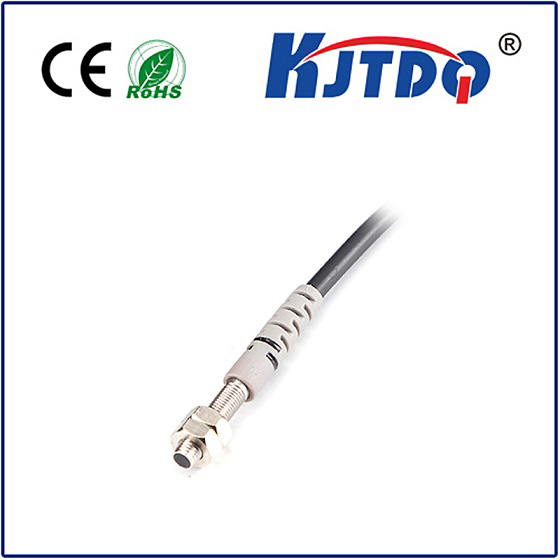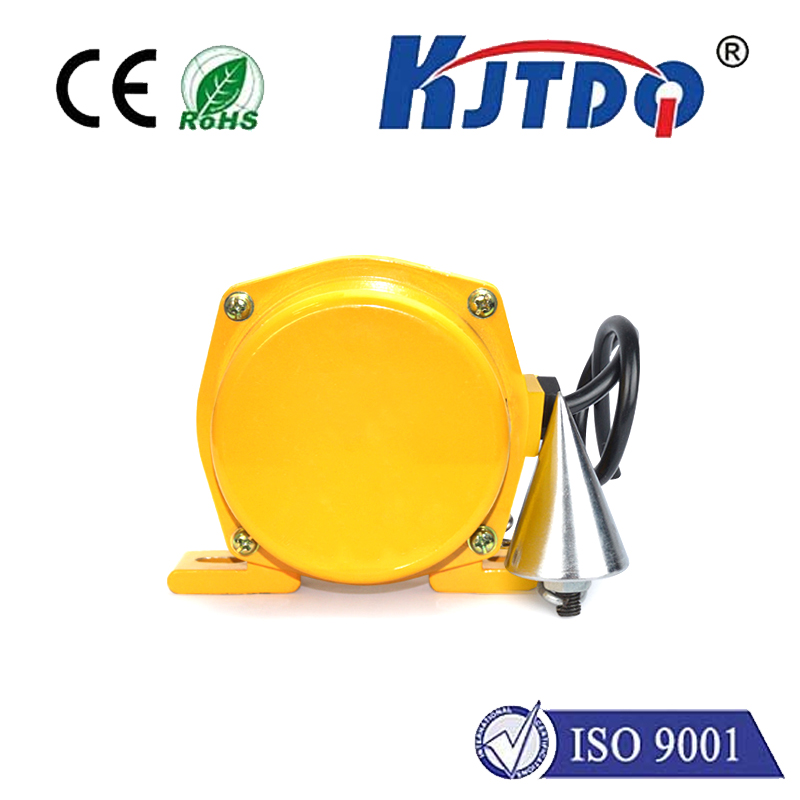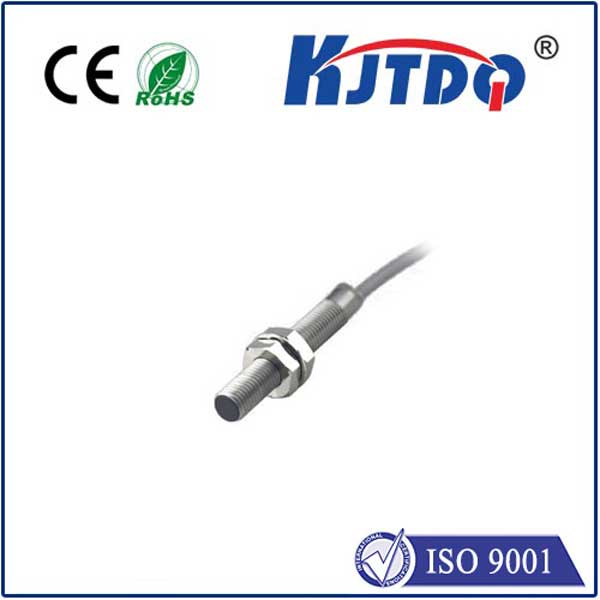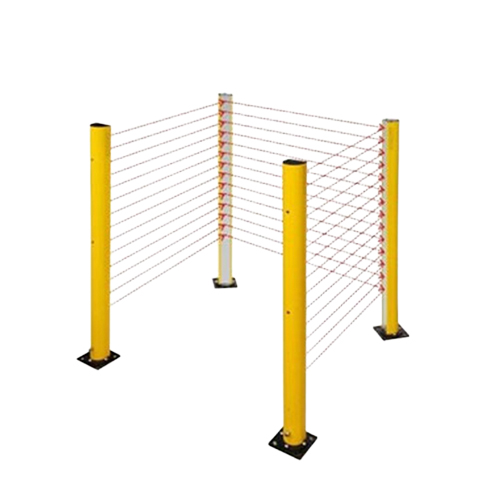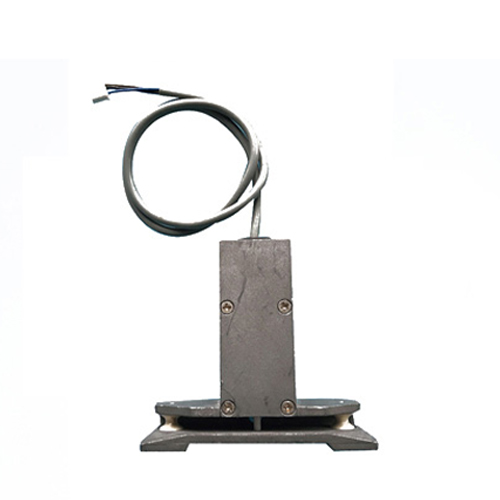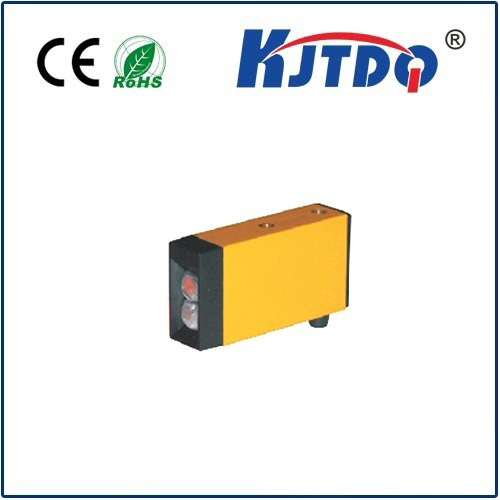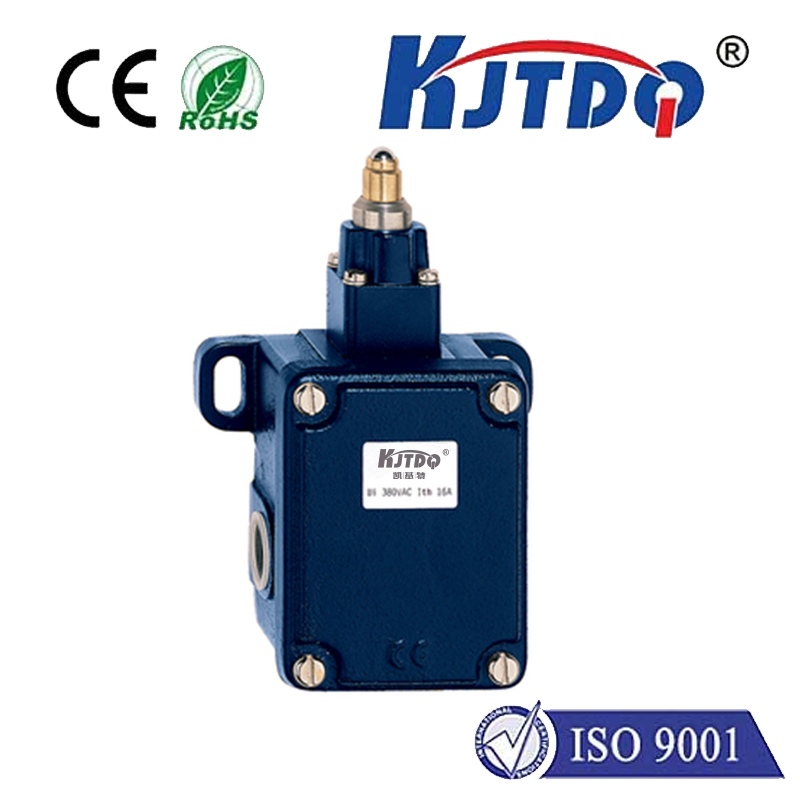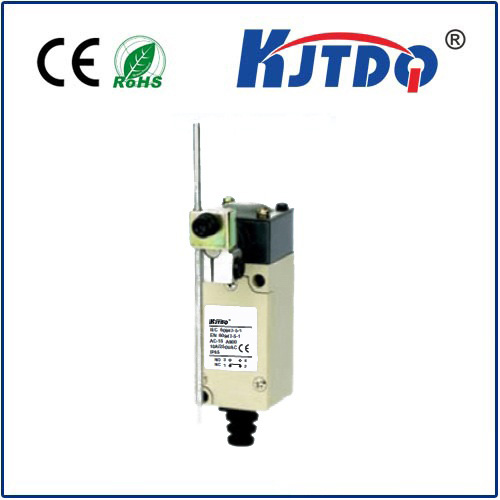balaji limit switch
- time:2025-08-04 12:03:02
- Click:0
Balaji Limit Switch: Ensuring Precision and Reliability in Industrial Control Systems
Imagine a high-speed packaging line suddenly malfunctioning because a component moved too far, causing costly jams and product damage. Or picture heavy machinery not stopping at its designated point, creating serious safety hazards. These are precisely the scenarios that industrial limit switches, like those manufactured by Balaji, are engineered to prevent. Operating as critical sentinels within automation and machinery, Balaji Limit Switches provide essential position detection and control, ensuring operations are safe, efficient, and predictable.
Understanding the Core Function: What is a Limit Switch?
At its simplest, a limit switch is an electromechanical device activated by the physical movement of an object. When an actuator (like a cam, roller, or lever) on the switch is depressed, released, or rotated by the target object reaching a predefined point, it triggers an internal mechanism. This action opens or closes an electrical circuit, sending a signal to the control system. This signal might command a motor to stop, change direction, activate another process sequence, or simply indicate that the object has reached its desired position. They are fundamental safety interlocks and position verification sensors across countless industrial applications.
The Balaji Advantage: Engineered for Industrial Demands

Balaji has established itself as a trusted name in the industrial components sector, particularly known for its robust electrical control products. Balaji Limit Switches embody this reputation, designed to thrive in demanding environments where reliability is non-negotiable. What sets them apart?
- Robust Construction & Durability: Engineered with high-grade materials and protective enclosures, these switches are built to withstand harsh industrial realities. They resist impact, vibration, dust ingress (often conforming to IP ratings like IP65 or higher), moisture, and exposure to oils or coolants common in manufacturing plants. This resilience translates directly to reduced downtime and maintenance costs.
- Precision Actuation: Consistent and accurate operation is paramount. Balaji switches offer precise actuation points, ensuring that the switch triggers reliably at the exact moment required. This precision is critical for maintaining tight tolerances in automated processes and ensuring machine safety functions engage correctly.
- Versatile Configuration: Recognizing the diverse needs of automation, Balaji typically offers a range of actuator types. Common configurations include roller lever switches (ideal for detecting linear movement), plunger style (for direct push applications), and rotary lever types (suited for rotational movement detection). This flexibility allows for seamless integration into various machine designs.
- Electrical Reliability: Featuring high-quality contacts and terminals, Balaji switches ensure dependable electrical signaling. Options often include choices for contact configuration (Normally Open - NO, Normally Closed - NC, or Changeover - SPDT) and different voltage/current ratings (e.g., 240V AC, 415V AC common in Indian industrial settings) to match the control system requirements. Long electrical life under load is a key performance indicator.
- Ease of Installation & Adjustment: Many Balaji switch models incorporate features like adjustable mounting brackets and adjustable actuators, simplifying alignment during setup and enabling fine-tuning for optimal performance in the field. This user-friendly design speeds up installation and reduces commissioning time.
Where Balaji Limit Switches Make a Critical Difference
The applications for these vital components are vast and span numerous industries:
- Material Handling & Conveying Systems: Controlling the start, stop, and reversing of conveyors; detecting the presence or end-of-travel of packages, pallets, or totes; ensuring overhead cranes stop accurately at their limits.
- Machine Tools (CNC, Lathes, Mills): Defining the limits of axis travel (X, Y, Z) to prevent over-travel damage; verifying tool changer positions; confirming chuck or tailstock positions. Reliable position feedback is critical for machining precision.
- Packaging Machinery: Detecting the position of forming tools, sealing jaws, and filling heads; confirming case or carton presence; controlling the indexing of rotary tables. Consistent operation is key to maintaining high packaging line speeds and quality.
- Automotive Manufacturing: Ensuring robotic arms operate within safe zones; verifying door, hood, or trunk positions on assembly lines; controlling presses and stamping equipment stroke limits. Safety integration is paramount.
- Process Control Valves: Providing open/closed position feedback for automated valves in chemical plants, power generation, and water treatment facilities. This feedback loop is essential for process monitoring and control system integrity.
- Elevators & Hoists: Defining the upper and lower landing limits; confirming door open/closed status; ensuring safe operation.
Key Considerations for Deployment
To maximize the performance and lifespan of a Balaji Limit Switch, consider these factors during selection and installation:
- Operating Environment: Assess exposure to dust, water, chemicals, temperature extremes, and vibration levels. Choose the enclosure rating (IP rating) and construction material accordingly.
- Actuator Type: Select the actuator (roller lever, plunger, rotary lever, etc.) that best suits the motion and force profile of the target object.
- Electrical Ratings: Ensure the switch’s voltage/current rating (AC or DC) matches the control circuit it will be switching. Verify the contact configuration (NO/NC/SPDT).
- Mechanical Life vs. Electrical Life: Understand the distinction. Mechanical life (number of operations) is typically much higher than electrical life (operations under load). Choose based on the expected duty cycle.
- Mounting: Position the switch securely so the actuator is engaged reliably and squarely by the target object, avoiding undue stress or misalignment. Leverage adjustable mountings if available.
- Actuation Force & Travel: Ensure the moving object provides sufficient force and travel distance to positively actuate the switch without causing damage or requiring excessive force.
Why Choose Balaji for Your Limit Switching Needs?
Balaji Limit Switches deliver a compelling combination of robustness, precision, and value, making them a dependable choice for engineers and maintenance teams. They offer proven performance in challenging Indian industrial settings and are widely available through established electrical component distributors. Their focus on durability directly contributes to minimizing machine downtime and lowering the total cost of ownership over the long term. When consistent position detection, safety interlocks, and reliable control signals are mission-critical, specifying a Balaji Limit Switch provides a solid foundation for efficient and safe industrial operations.






